Free Resources
Free resources
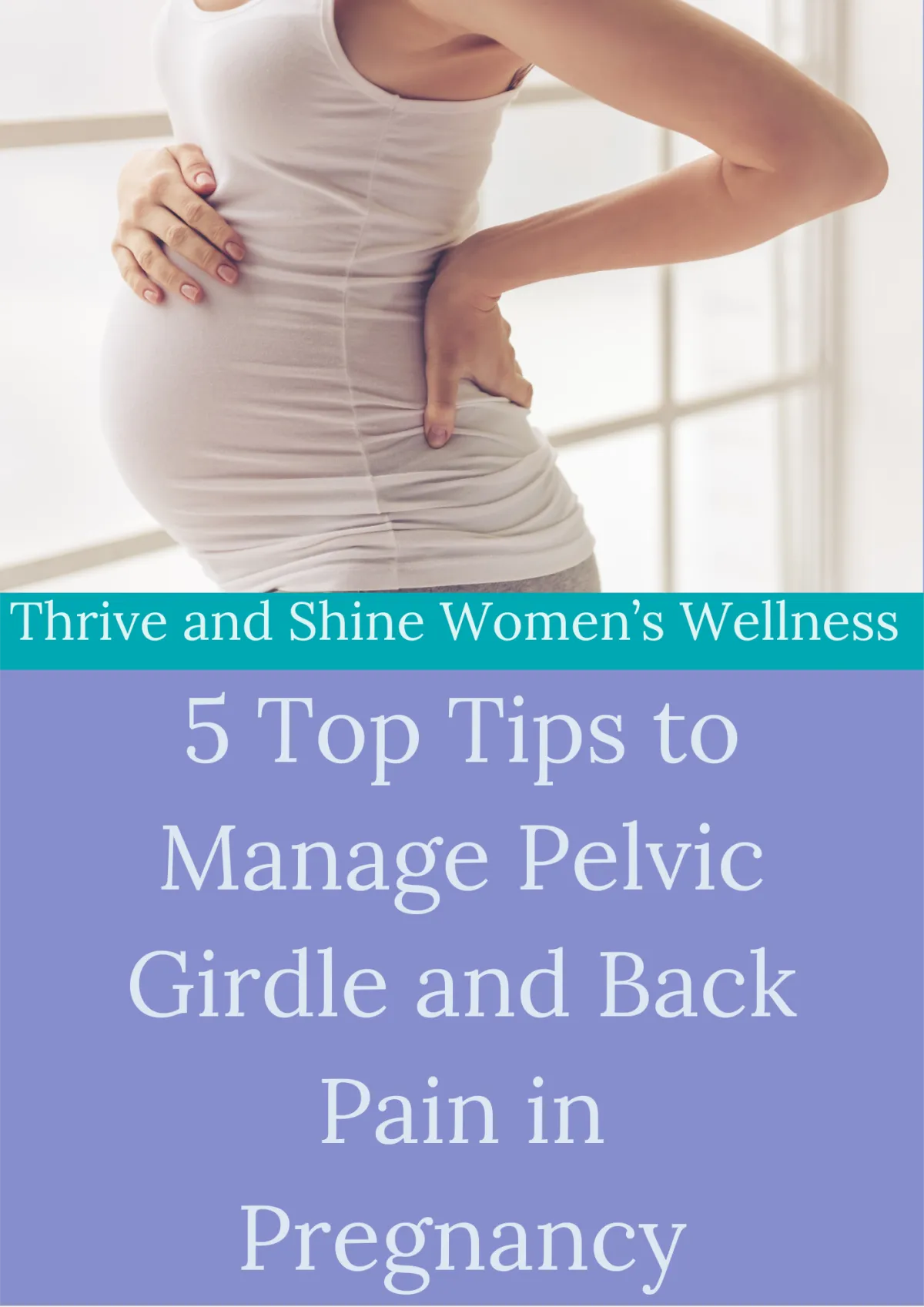
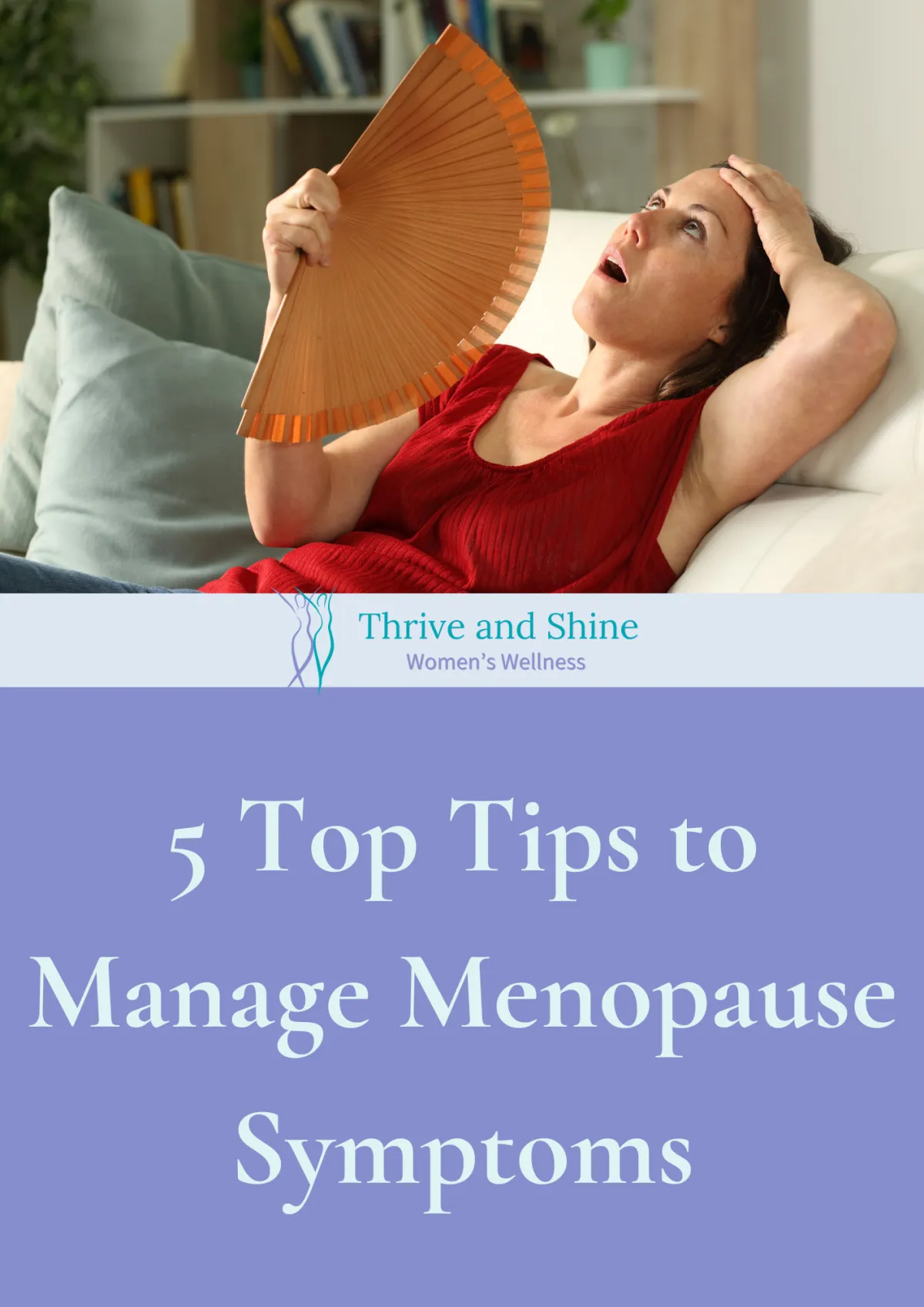
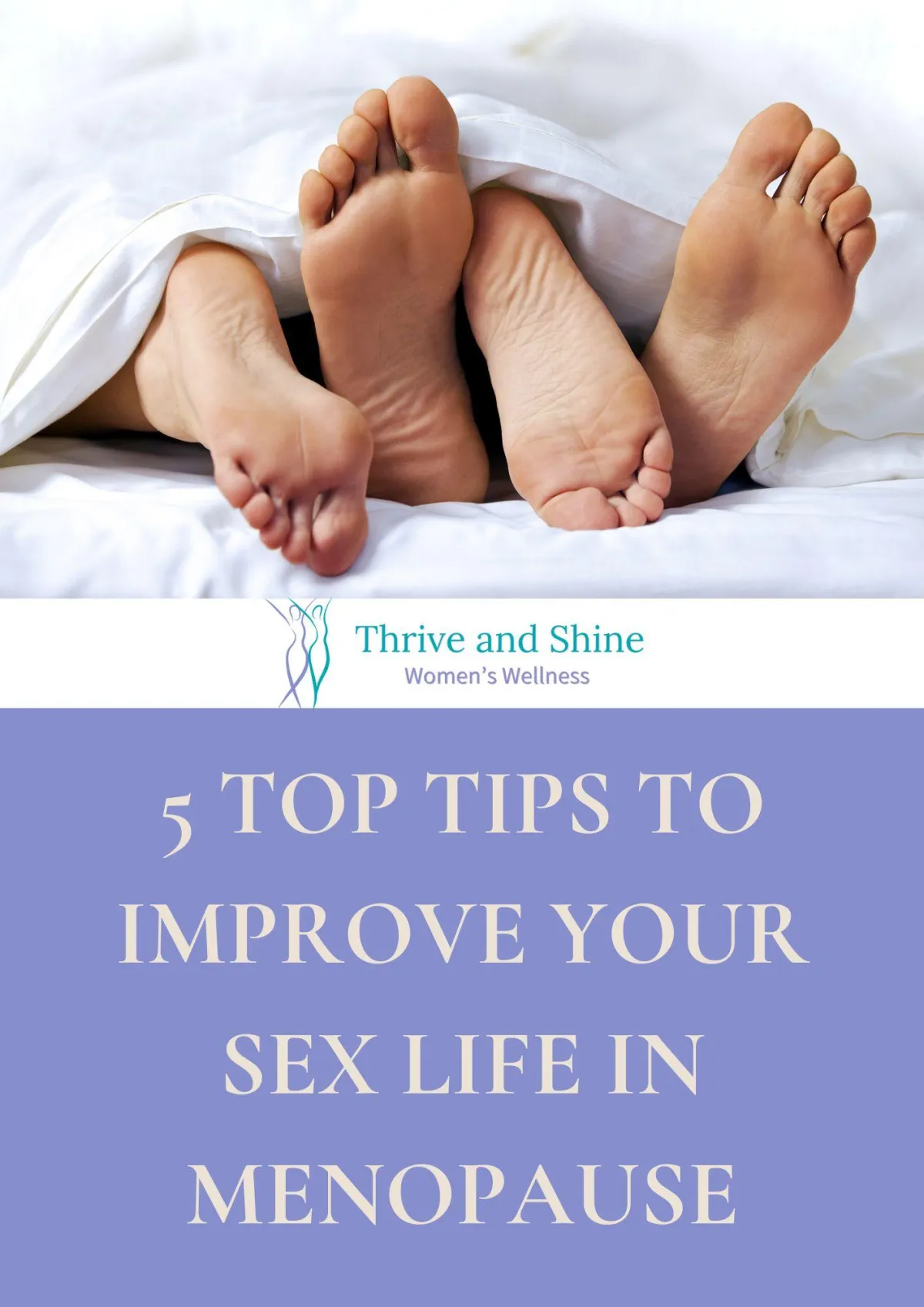
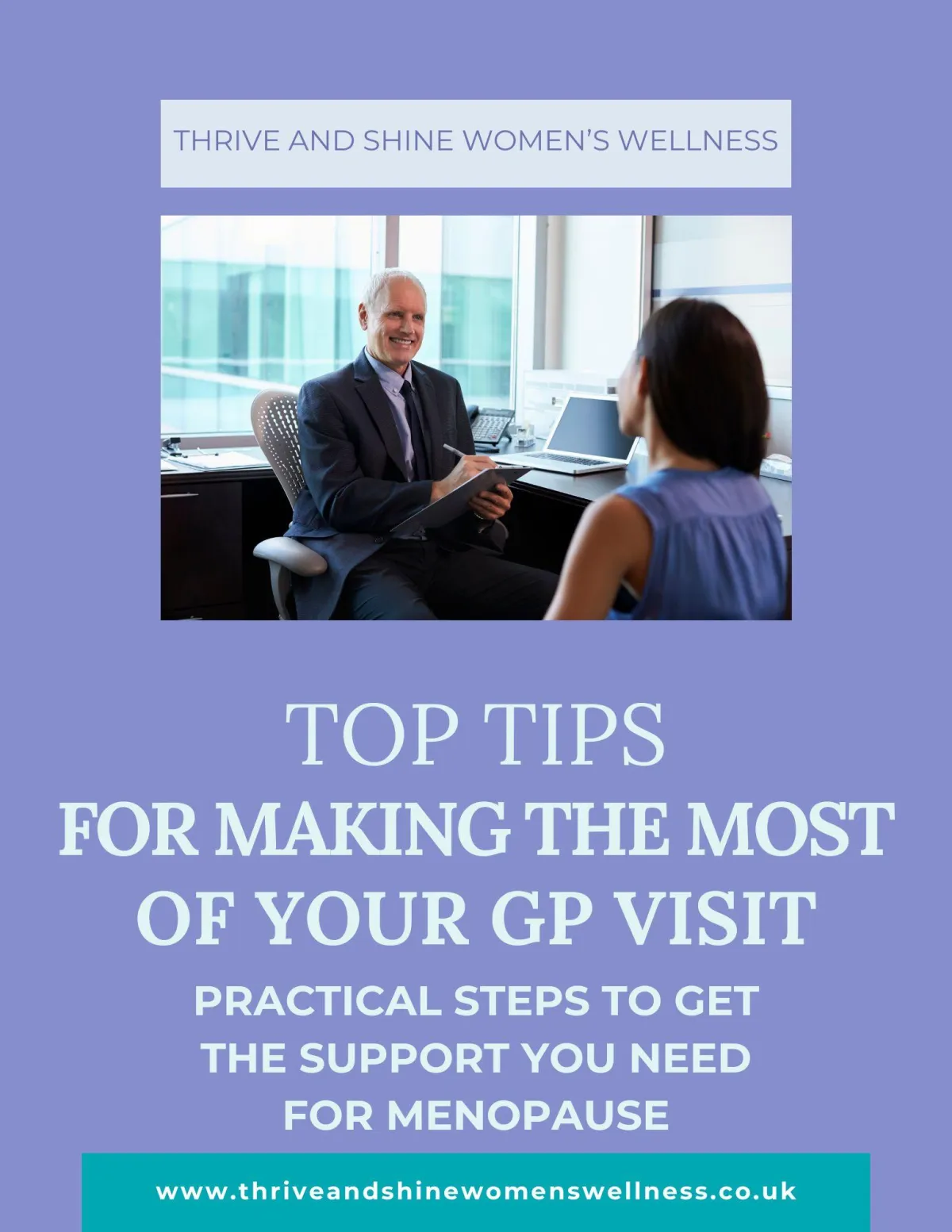
Check out our blog for tips and advice about women's health.

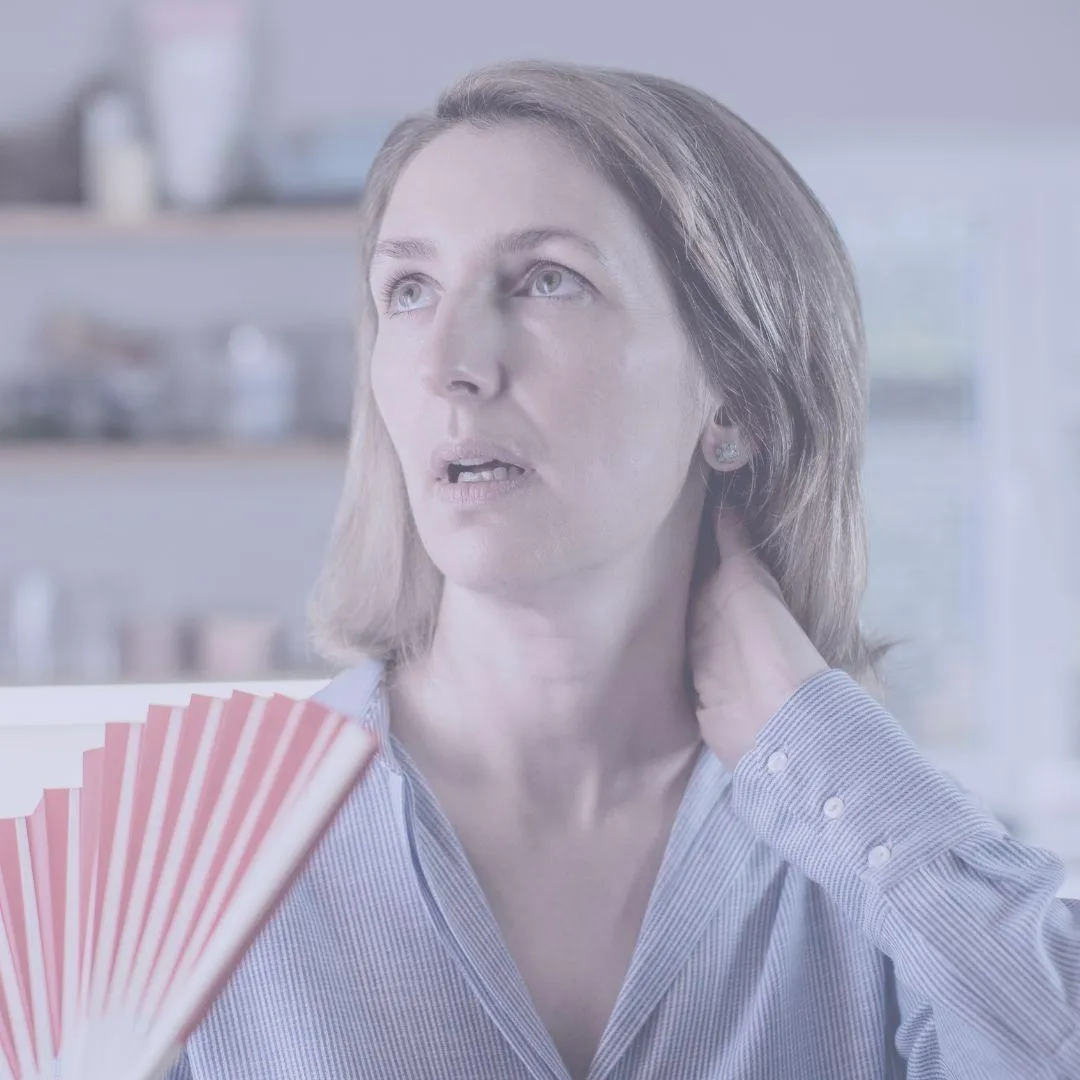
How Can I Naturally Manage Hot Flushes During Menopause?
Hot flushes are one of the most common and uncomfortable symptoms of menopause, affecting a significant number of women. These sudden, intense feelings of heat, often accompanied by sweating and a rapid heartbeat, can disrupt daily life and sleep. The causes of hot flushes are linked to fluctuating hormone levels, particularly the decline in oestrogen, which affects the body's temperature regulation. Fortunately, several natural strategies supported by research can help manage and reduce the severity of hot flushes.

1. Paced Breathing
Paced breathing, which involves slow, deep breathing exercises, is one of the most effective natural techniques for managing hot flushes. Research has shown that women who practised paced breathing twice a day experienced a 50% reduction in the frequency and a 30% reduction in the severity of hot flushes over a 6-week period. This method is easy to incorporate into your daily routine and can provide immediate relief during a hot flush.
2. Strength Training
Strength training not only helps maintain muscle mass and bone density during menopause but also has a positive impact on reducing hot flushes. A study revealed that women who engaged in regular strength training experienced a 40% reduction in the frequency and a 30% reduction in the severity of hot flushes after 16 weeks. Incorporating strength training exercises, such as weight lifting or resistance band workouts, a few times a week can help mitigate these symptoms while improving overall physical health.
3. Dietary Adjustments
Diet plays a crucial role in managing hot flushes. Incorporating foods rich in phytoestrogens, such as soy, flaxseeds, and legumes, can help stabilise hormone levels and reduce hot flushes. A study found that women who consumed a diet high in phytoestrogens experienced a 45% reduction in hot flushes compared to those who did not. Additionally, staying well-hydrated and avoiding common triggers like caffeine, alcohol, and spicy foods can make a noticeable difference in symptom management.
4. Stress Management
Stress is a known trigger for hot flushes, and managing it effectively can reduce both the frequency and severity of these episodes. Techniques such as mindfulness, yoga, and cognitive-behavioural therapy (CBT) have been shown to lower stress levels and, as a result, decrease the occurrence of hot flushes. A study found that women who practised these stress management techniques experienced a 50% reduction in the frequency and a 30% reduction in the severity of hot flushes. Regular practice of these stress-relief methods can lead to long-term improvements in symptom management.
5. Herbal Remedies
Herbal remedies such as sage have been traditionally used to manage menopause symptoms, including hot flushes. In one study, women who took a sage extract for 8 weeks saw a 50-64% reduction in the frequency of hot flushes and a significant reduction in their severity. Folic acid, commonly known for its role in prenatal health, has also shown potential in reducing hot flushes by influencing hormone metabolism.
6. Sleep Environment
Night sweats, which are nocturnal hot flushes, can severely disrupt sleep. Creating a cool sleep environment by using breathable fabrics, lowering the room temperature, and avoiding heavy meals or alcohol before bed can help reduce the incidence of night sweats. Research has shown that improving sleep quality can lead to a 35% reduction in the severity of hot flushes. These adjustments can lead to better sleep quality and overall well-being.
Conclusion
Managing hot flushes naturally is achievable with a combination of paced breathing, strength training, dietary adjustments, stress management, and herbal remedies. These evidence-based strategies can significantly reduce the frequency and severity of hot flushes, helping you regain control over your life during menopause.
Discover Our Hot Flush Mini-Course in the Membership
If you’re looking for a more in-depth guide to managing hot flushes, our membership programme includes a comprehensive Hot Flush Mini-Course. This course is designed to provide you with detailed strategies, step-by-step guidance, and practical tips to help you manage and reduce hot flushes effectively. Whether you’re just beginning to experience hot flushes or are looking for advanced techniques, this course offers something for everyone.
How Our Membership Can Help You
Our membership programme is designed to support women at every stage of life, from menstruation and pregnancy to postnatal recovery and menopause. With a wealth of resources, expert advice, and a supportive community, you’ll find the tools and guidance you need to navigate the challenges of each life stage. At the heart of our membership is the SENSSE Method, which focuses on Subconscious (mindset and motivation), Empowerment (knowledge and realistic goals), Nutrition, Stress Management, Sleep, and Exercise. This holistic approach ensures that you’re equipped to improve your health and well-being, no matter where you are on your journey. Check it out here.
References
· Freedman, R.R. and Woodward, S. (1992) Paced respiration for the treatment of hot flushes: A randomised, controlled trial. Obstetrics & Gynecology, 79(4), pp. 665-669.
· Santana, A.J., Glynn, N.W. and Newman, M.A. (2015) Effects of resistance training on menopausal hot flushes: A randomised controlled trial. Menopause, 22(7), pp. 728-734.
· Baker, F.C., Willoughby, A.R., Sassoon, S.A., Colrain, I.M., and de Zambotti, M. (2015) Insomnia and hot flushes in midlife women. Journal of Women's Health, 24(12), pp. 1063-1070.
· Freedman, R.R. and Krell, W. (1999) Effects of behaviour on hot flushes in women: A controlled trial. Journal of Clinical Endocrinology & Metabolism, 84(1), pp. 151-154.
· Bommer, S., Klein, P., and Suter, A. (2011) Efficacy of a fresh sage preparation in the treatment of hot flushes in women in menopause: A pilot study. Advances in Therapy, 28(6), pp. 490-500.
· Cassidy, A., Albertazzi, P., Nielsen, I.L., Hall, W., Williamson, G., Tetens, I., Atkins, S., Cross, H., Manios, Y., and Wolk, A. (2006) Critical review of health effects of soyabean phyto-oestrogens in post-menopausal women. Proceedings of the Nutrition Society, 65(1), pp. 76-92.
If you are in the corporate world or run your own business then check out my free webinar
Elevating Business Success
5 key benefits of supporting women's health

Sign up for our newsletter.




